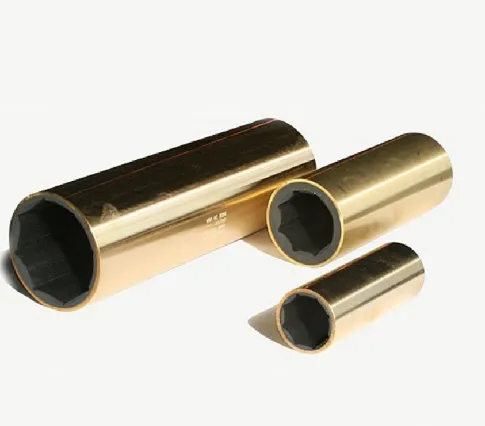Understanding the Importance of Front Main Seal in Engine Performance
Understanding the Importance of the Front Main Seal in Engine Performance
When it comes to maintaining a vehicle’s engine, there are numerous components that play a critical role in ensuring optimal performance. One such component is the front main seal. Often overlooked, this small but significant part is essential for the proper functioning of any engine, and understanding its purpose can help car enthusiasts and general drivers alike appreciate the intricacies of automotive engineering.
What is the Front Main Seal?
The front main seal is a rubber or silicone ring that sits around the crankshaft at the front of the engine. Its primary purpose is to prevent oil from leaking out of the engine. By sealing the gap between the crankshaft and the engine block, the front main seal helps to maintain the oil pressure needed for lubrication, cooling, and overall engine health. This seal is crucial in preventing contamination of the engine oil, which can lead to significant damage over time.
How Does it Work?
As the engine runs, the crankshaft rotates, and the front main seal must ensure that oil stays contained within the engine's lubrication system. The seal's design allows it to maintain a tight fit around the moving crankshaft while providing enough flexibility to accommodate slight movements and vibrations. If the front main seal becomes worn or damaged, it can lead to oil leaks, which may not only lower the oil level but also create potential hazards, such as oil burning off and damaging other engine components.
Symptoms of a Failing Front Main Seal
1.8 t front main seal

Identifying a failing front main seal can be straightforward if you're aware of the signs. One common indicator is the presence of oil spots under the vehicle. If you notice oil pooling beneath your car, it’s essential to check the front main seal and other potential leak sources. Additionally, decreased oil levels without visible leaks can suggest that oil is escaping through a compromised seal.
Other symptoms may include oil smoke coming from the engine compartment, unusual engine noises (due to insufficient lubrication), and an oil pressure warning light on the dashboard. If any of these signs are present, it’s vital to address the issue promptly to avoid further damage.
Importance of Maintenance
Maintaining the front main seal is crucial for the longevity of the engine. Regular oil changes and inspections can help spot wear and tear early on. Ensuring that the engine operates with clean oil and the appropriate oil level can also prolong the life of the front main seal.
If you find that your front main seal is failing, replacing it is essential. This process generally involves removing the crankshaft pulley and possibly the timing cover, which can be quite intricate. Due to the complexities involved, it is highly advisable to have this repair performed by a qualified mechanic. An experienced technician can not only replace the seal but also inspect other components for wear or damage that could lead to future problems.
Conclusion
In summary, the front main seal is a vital component of the engine's overall functionality and integrity. Understanding its role in preventing oil leaks and maintaining pressure is essential for any vehicle owner. By recognizing the symptoms of a failing seal and prioritizing regular maintenance, you can reduce the risk of serious engine issues down the road. Remember, a well-maintained engine not only performs better but also has a longer lifespan, ensuring your vehicle remains reliable for years to come. The small investment of attention to this part could save you from significant repair costs and extend the overall life of your engine.
-
The Ultimate Guide to Boat Propeller Bearings and Trailer Wheel Bearings
News Jul.31,2025
-
The Essential Guide to Marine Bearings and Boat Trailer Wheel Bearings
News Jul.31,2025
-
The Complete Guide to Heavy Duty Seals: Protecting Doors and Spaces Efficiently
News Jul.31,2025
-
Essential Guide to Marine Shaft Bearings and Boat Trailer Axle Bearings
News Jul.31,2025
-
Comprehensive Guide to Marine and Trailer Bearings for Safe Boating and Transport
News Jul.31,2025
-
Comprehensive Guide to Automotive Oil Seals: Protecting Your Engine and Shafts
News Jul.31,2025
-
Understanding Automotive Oil Seals: Essential Components for Engine and Shaft Protection
News Jul.30,2025
Products categories















